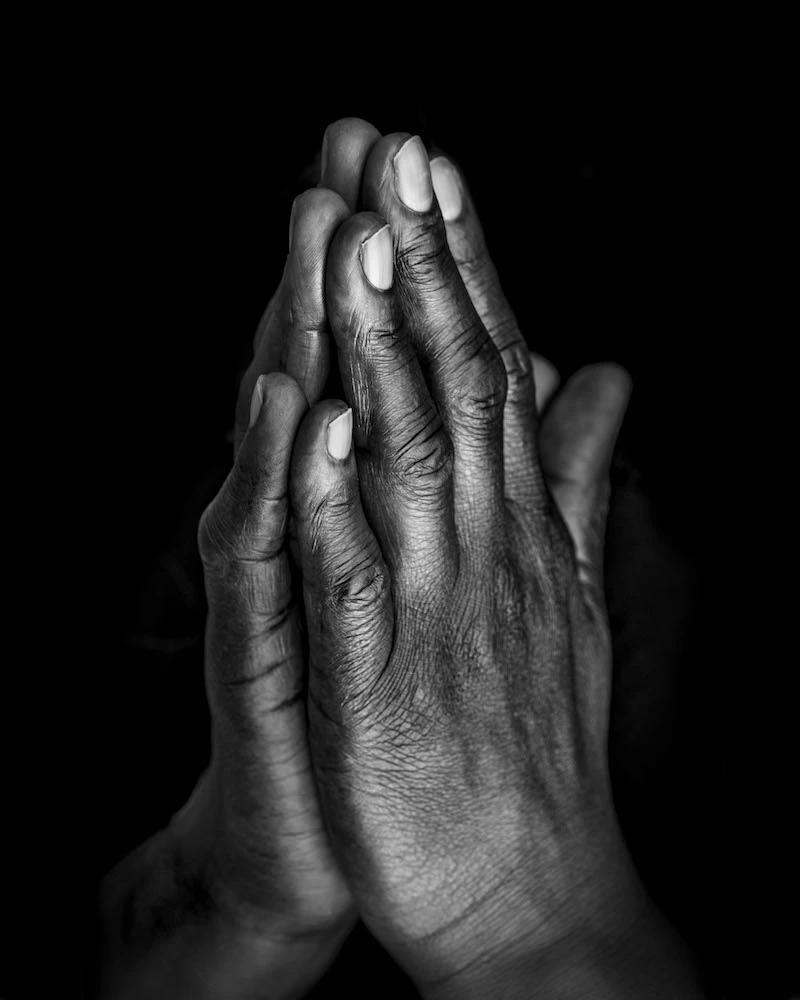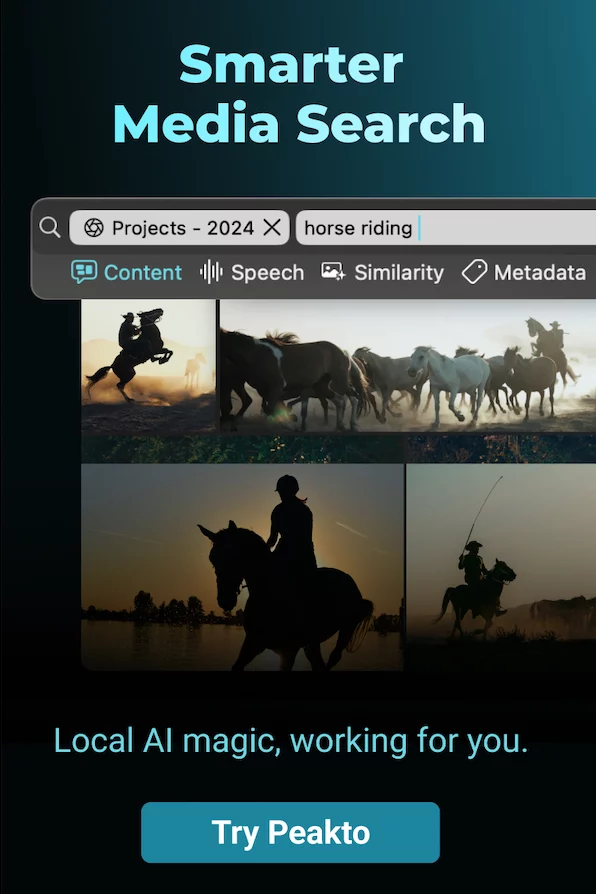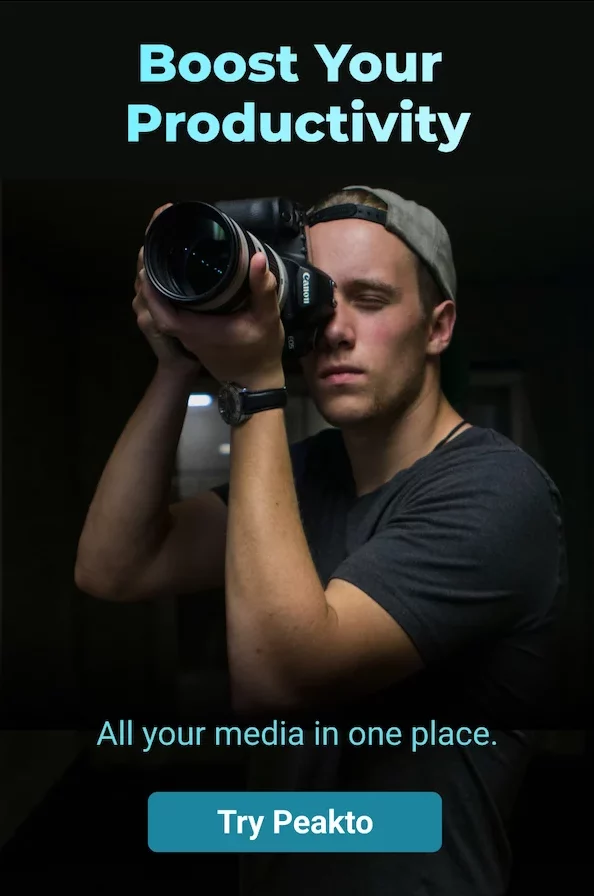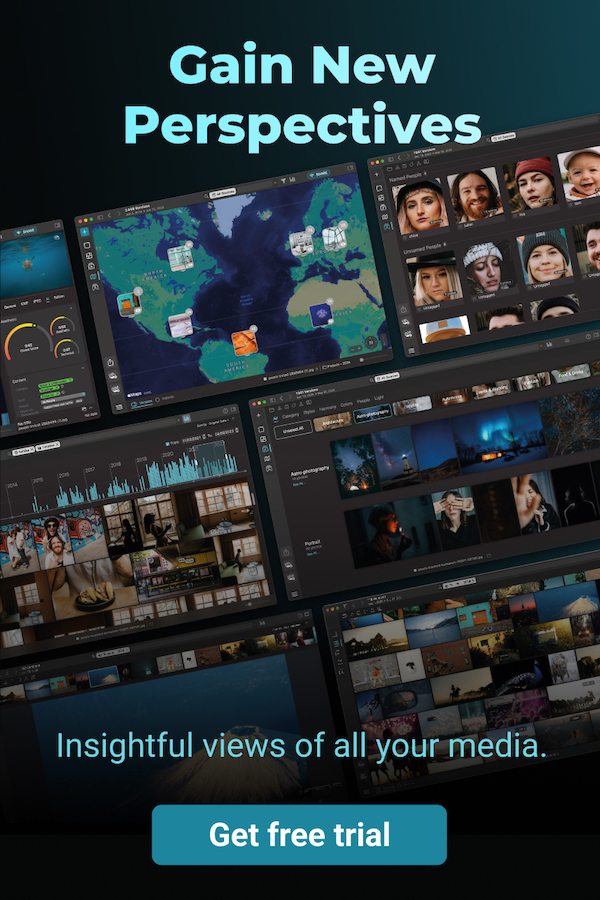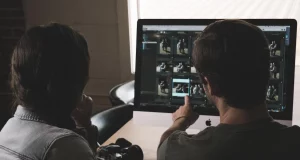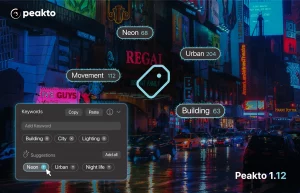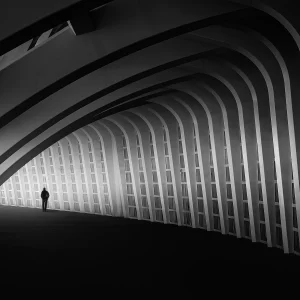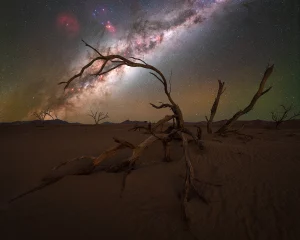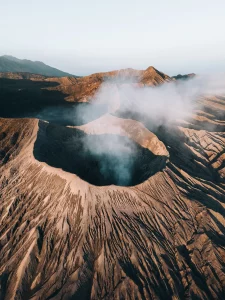Sharp contrast and low light underline each detail, each wrinkle, each roughness, letting you guess the personality of the photographed person. These could be portraits, but they are photos of hands.
In The Hands Project, Noemia Prada captures the soul of her models by focusing only on this significant part of their body. A subject particularly suited to her mastery of black and white, the ingrained character embodied in Noémia Prada’s photographs of hands made the CYME team want to better understand her work as a photographer.
Because we don’t just develop software for photo organization or photo migration, we are also passionate about the work of photographers.
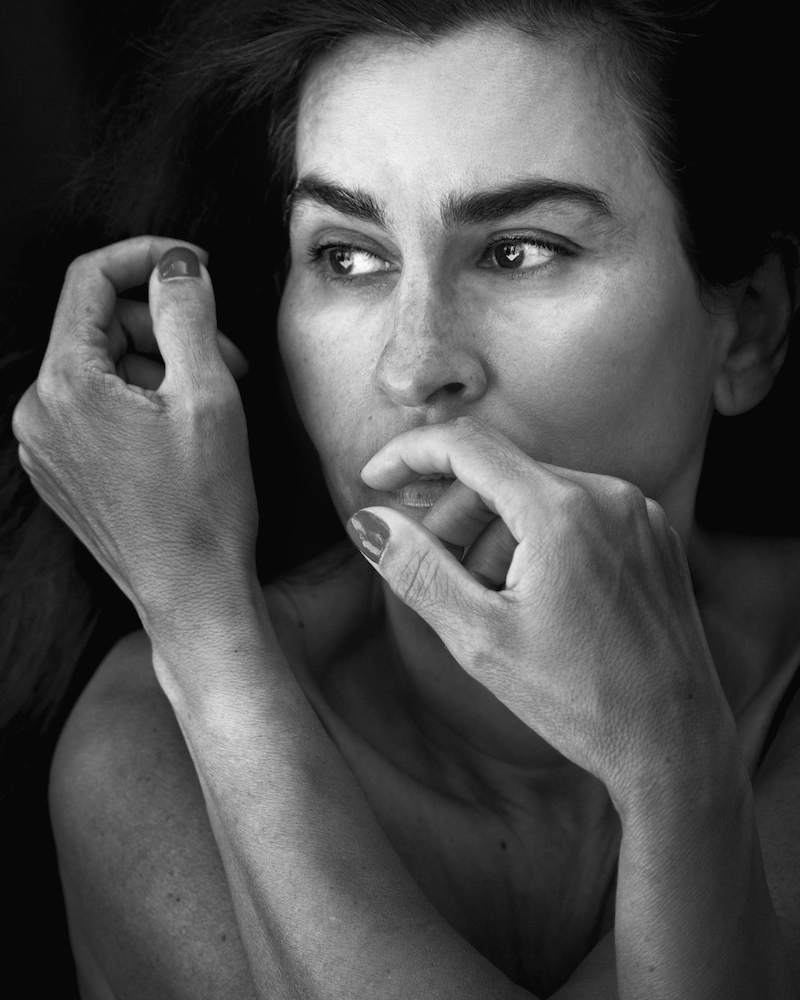
In this series, no face, no look–just hands. Yet they express everything there is to say about the person. How was this series born? What fascinates you about hands? What do they translate for you?
The Hands Project was born after a few years of photography practice. I have always liked to create my photos within a theme. I have produced multiple collections, almost like a fashion designer. I created Hide and Seek, Contrasts, Fall, A Day at the Beach, My World is Black and White, and The Sea, Always the Sea, just to name a few. Hands are a constant in most of my photos. That is why this project or series was born. I always prefer photos in black and white. I only did a series in color, called Red. Black and White is definitely my world….
What fascinates me about hands is the interaction that they establish, the feelings that they convey, the emotion that you can see and the beauty that they have. They talk to each other, they communicate, they dance, they show tenderness, anger, love or protection and they are a never-ending subject.
I’m still a beginner in what concerns photographing hands because I believe there is a whole world to explore. I would love to do a series with the hands of musicians, or ballerinas, or other jobs totally different like butchers or construction workers.
“What fascinates me about hands is the interaction that they establish, the feelings that they convey, the emotion that you can see and the beauty that they have.”
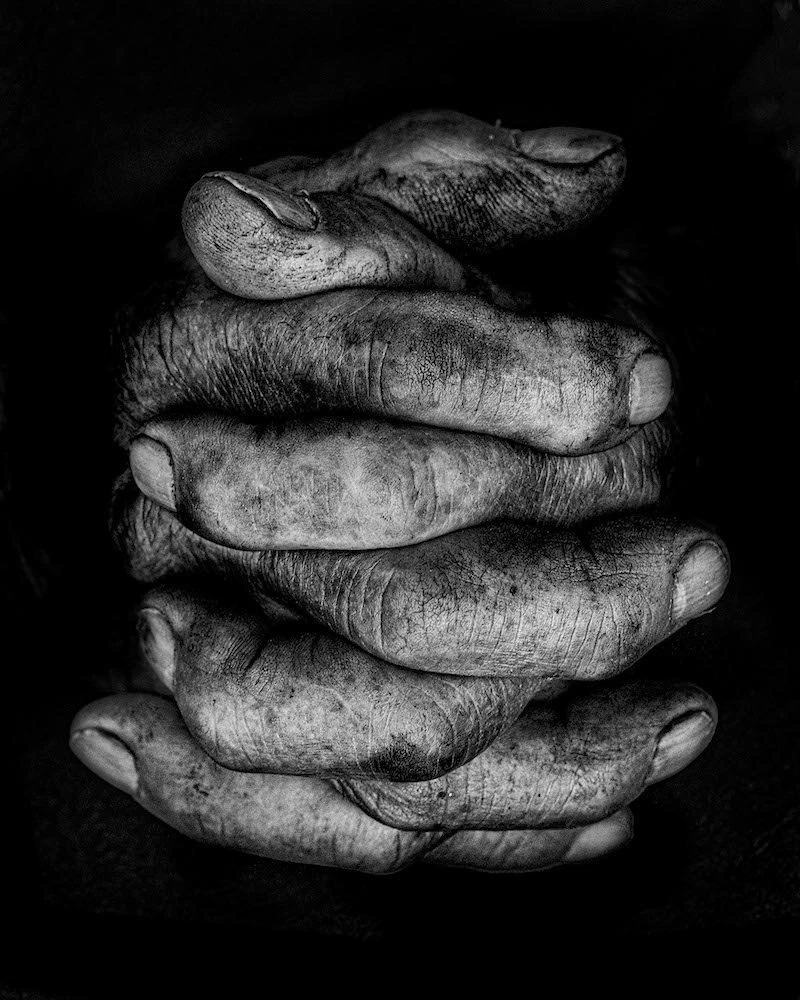
These hands seem to tell stories. Does your past as a journalist influence your way of photographing? Is telling stories one of your intentions when you photograph?
All great photographs tell a story. This is the basic element of a photo. The Hands Project must tell the story of a person, show a feeling, or provoke a reaction.
I was a journalist in the past, it’s true, and what motivated me in that profession was the creativity in the writing. The same applies to photography. It needs to be different, strong, beautiful, meaningful and appealing.
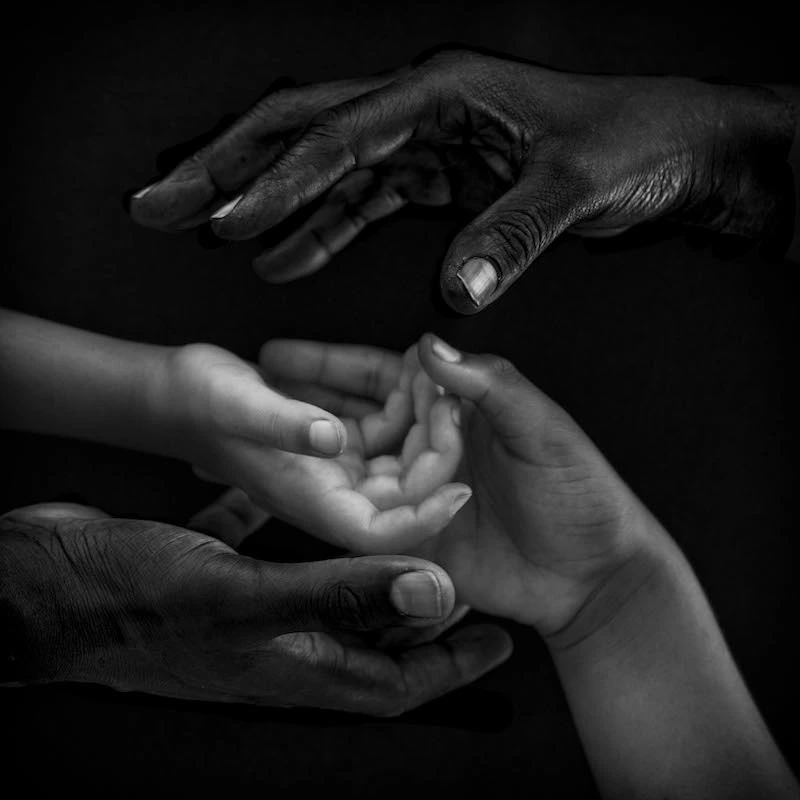
How do you choose the people whose hands you will photograph?
I consider myself an amateur photographer who is still learning. The hands that I photograph are from people that I know and that are close to me. I don’t use models. I don’t hire people.
I take photos of persons who are important to me, like my father, for instance. His hands show hard work, decency, honesty and a harsh life.
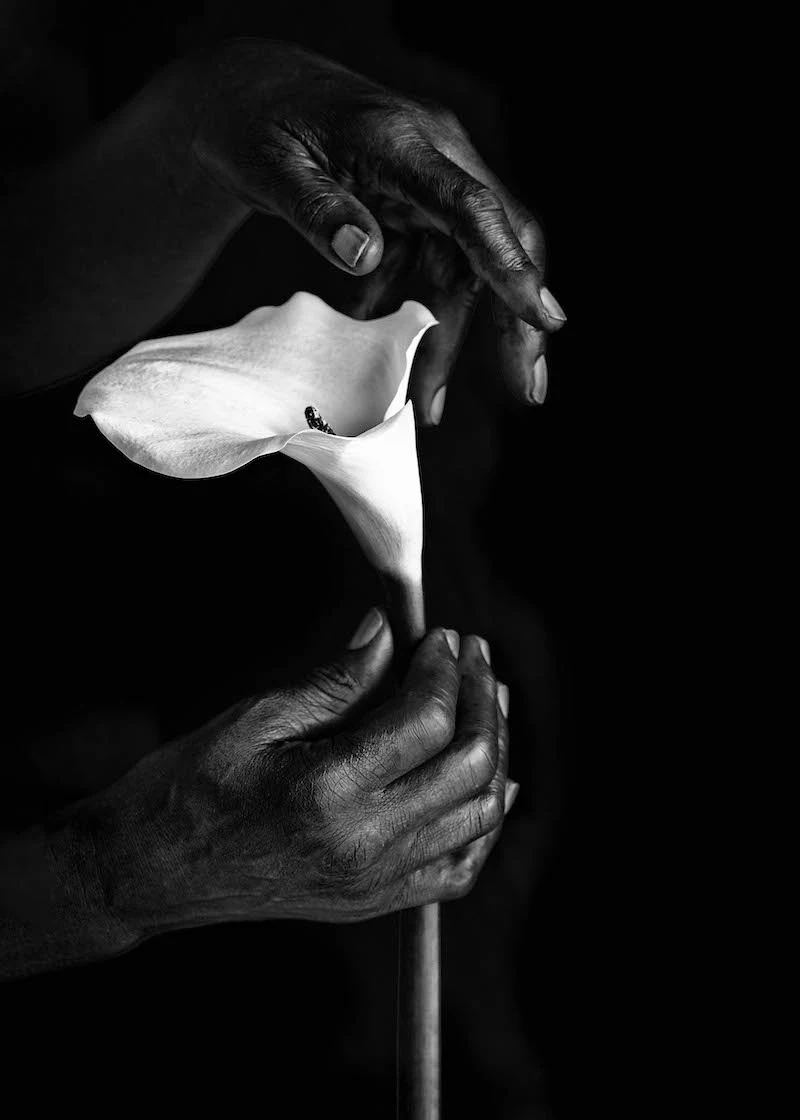
You made your self-portrait in hand version. What do you think your hands say about you?
I made a self-portrait using my hands. I have to say that I love to photograph as much as I love being photographed.
I always use my hands in my self-portraits. I think they are a very strong element of the composition. They add to the beauty of the photo; they make it more complex, intense, powerful, original and creative. Hands can be used in a portrait in so many ways. My hands are like a tool: I move them as if I am dancing. I use them to hide or to show. My hands are as important as the camera.
My portraits must have this element. I cannot imagine portraits without them.
My own hands are delicate, just like my personality; they are fragile. Looking at my hands you can see most traits of my personality. Authenticity, empathy, sensitivity. They are quite elegant and quite small. In a way, I am small too. I prefer the way children think, without filters and with no judgment. Just joy, no guilt.
“I always use my hands in my self-portraits. I think they are a very strong element of the composition.”
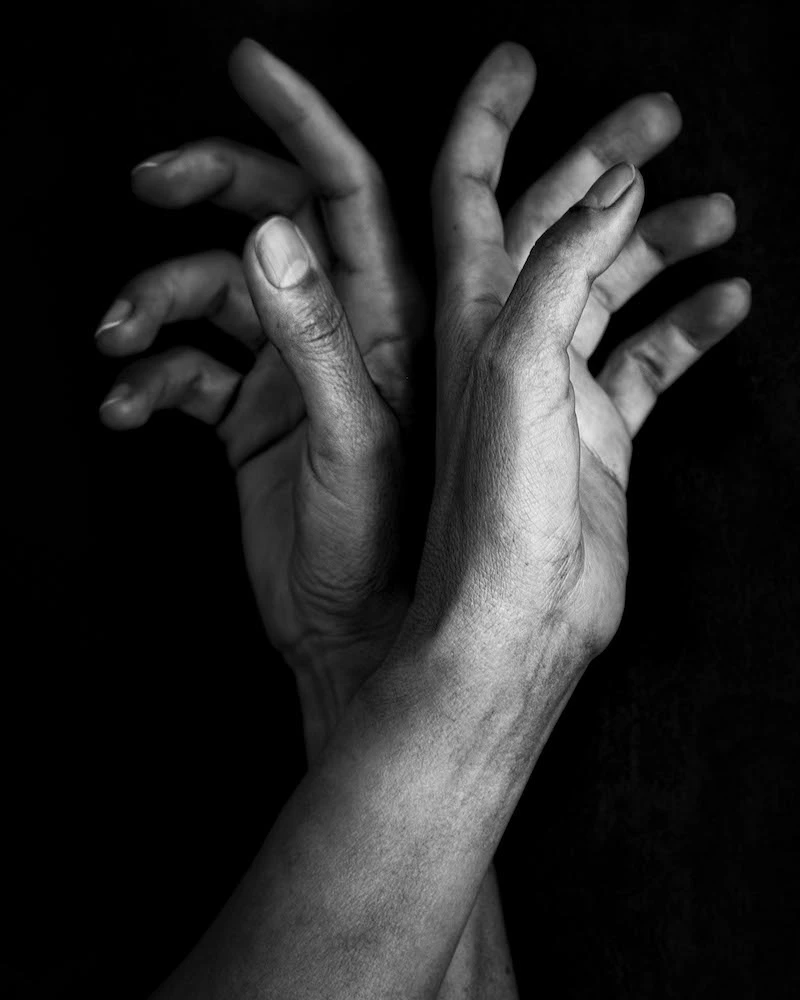
Why did you choose black and white for this serie on hands?
I do very few photographs in color, as I mentioned. Whether a portrait, a landscape or a street capture, I always prefer black and white: it has an allure, a charm and magnetism.
Black and white is magic, it’s the dream…and color is just reality.
I prefer the dream and the fantasy to the detriment of the real.
“When you photograph people in color, you photograph their clothes. But when you photograph people in Black and white, you photograph their souls.” This quote by Ted Grant sums it up.
Do you like Noemia's interview?
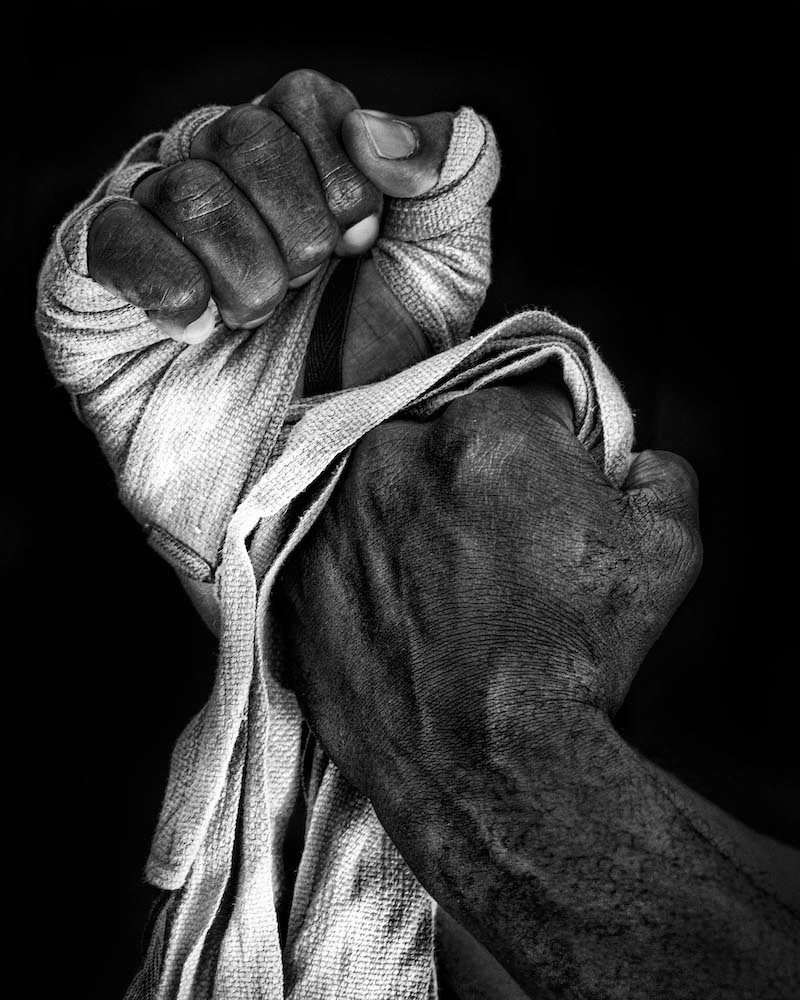
Journalist by profession, painter, you also like music. How did you come to photography?
I studied journalism and advertising, and I worked in both areas. However, when I was around thirty years old, I had to switch my professional path, because I became a diplomat ‘s wife and basically, I was following my husband and moving, all the time, from country to country. It was hard to maintain a career with so many changes and challenges, so I decided that art was a universal language and would allow me to work, and to feel accomplished no matter where I was. This is the reason that painting and photography became part of me. Music inspires and guides me through creation. It’s the trigger.
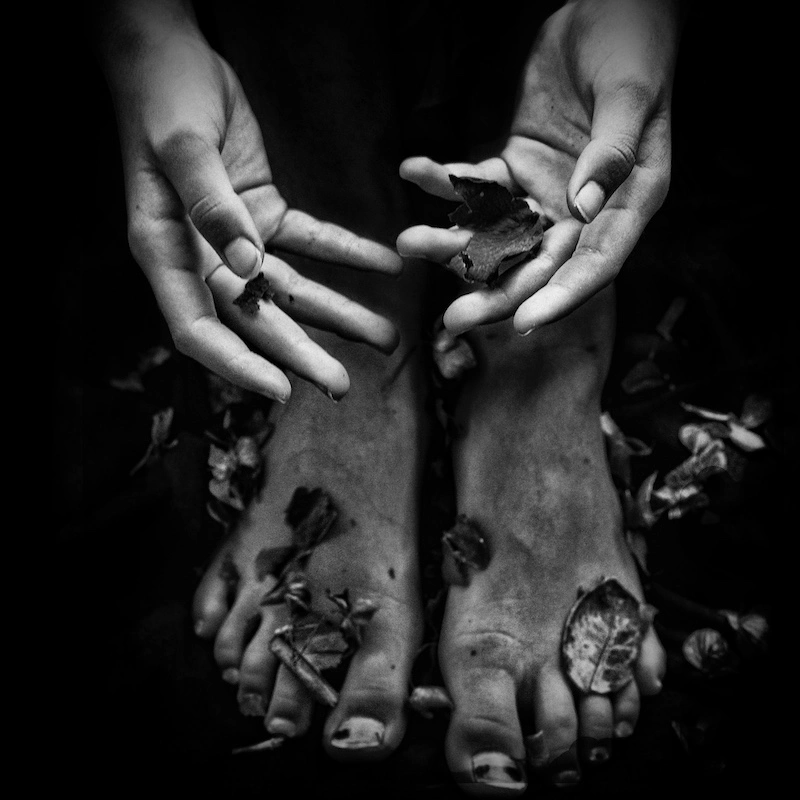
What equipment do you use (camera…lenses...)? Can you describe a little bit about how you choose the setup for shooting and lighting?
My camera is a pretty old model of Canon and I only have three lenses. My favorite is the 100 mm which allows a great detail on portraits.
My favorite light source will always be natural light. I simply love to work near a window, with a basic black backdrop. I also use strobes, but they have completely different characteristics.
Light creates the mood, and for my Hands Project, what works the best is the natural light.
This preference has also to do with the fact that I mastered it better than studio lights or strobes; they are still new to me and I’m still exploring them.
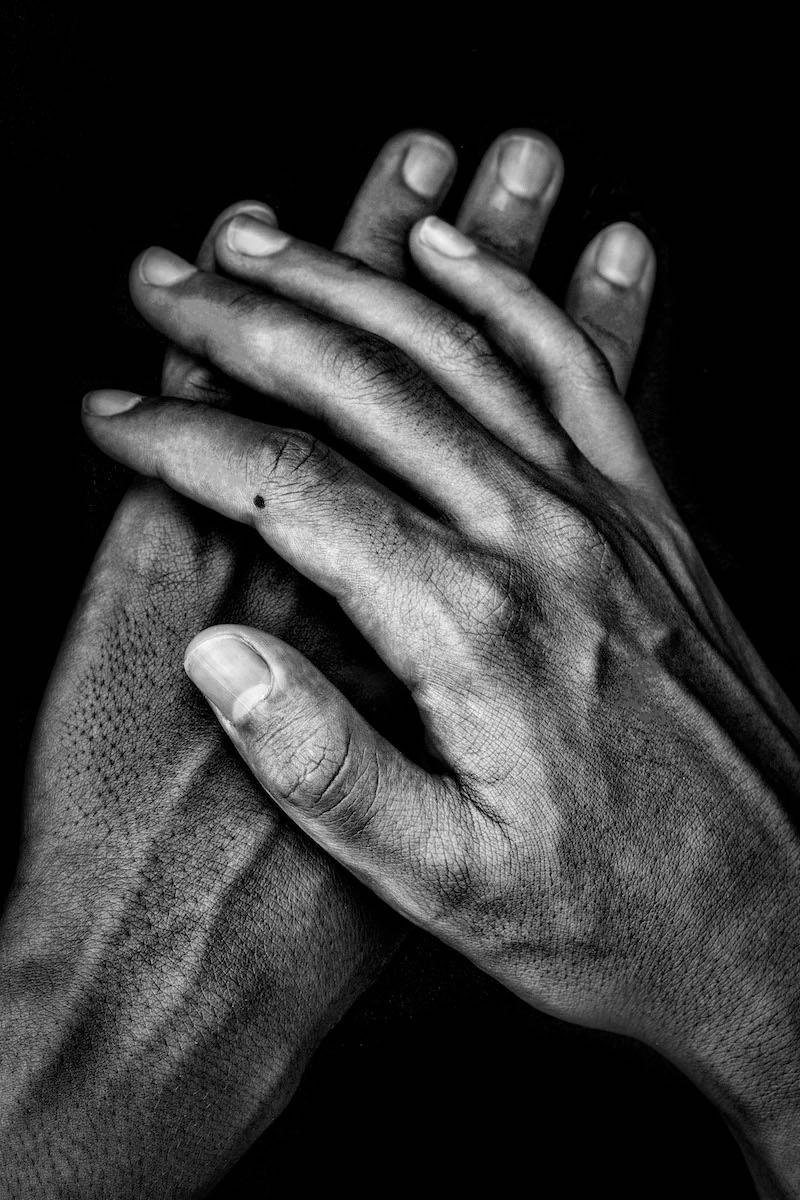
What kind of editing do you do on your pictures? What are your favorite softwares for retouching and organizing your images? Do you have a particular editing workflow?
I simply love the editing process. I believe it is as important as the original act of shooting. Taking a photograph… it’s just the beginning of the journey; with editing you can create art.
As I love quotes, I will mention Ansel Adams: “You don’t take a photograph, you make it.”
I believe that with the editing, you make the photograph. I feel like I’m painting; I use a little brush on the computer, and I slowly edit every single detail in the photo as if I was using it on a canvas. I remove shadows, I add black, I add contrast and texture, clarity. Those are the main variables that I manipulate, in order to create the effect and the mood that the photo needs to transmit.
Every single photo is different, so there is no preset available that you can apply to all the photos. And it is a very time-consuming process.
Having said that, I think it’s important to make a distinction between editing and digital manipulation or digital art. I think a photo cannot be a digital creation. You cannot add elements that were not there originally; you cannot combine different images, because this is a distortion of reality.
In terms of software, I like Adobe Photoshop, Lightroom and Camera Raw, but I am not an expert. I control four or five elements, and this is enough for me. I don’t need fancy manipulations because if you take a good photo, you already have everything there, you just need to enhance it; as for digital art, you need to create everything. In terms of organizing my photos, there’s one word that describes my process: chaotic!
“Every single photo is different, so there is no preset available that you can apply to all the photos.”

Can you name three inspirations that have most influenced you as an artist, such as a book, a chef or a photographer?
Everything that I have lived influenced me as an artist: my journey, my life, my challenges. My pains and sorrows made me what I am as an artist. I am inspired, mostly by my feelings and inner world, and not so much by external influences. My thoughts, my solitary life, me.
The exception would be music. One of my great passions and inspirations. Again, a quote:
“Without music, life would be a mistake,” by Friedrich Nietzsche.
My inner world and music. Those are two essential elements that inspire me.
Does this interview inspire you?
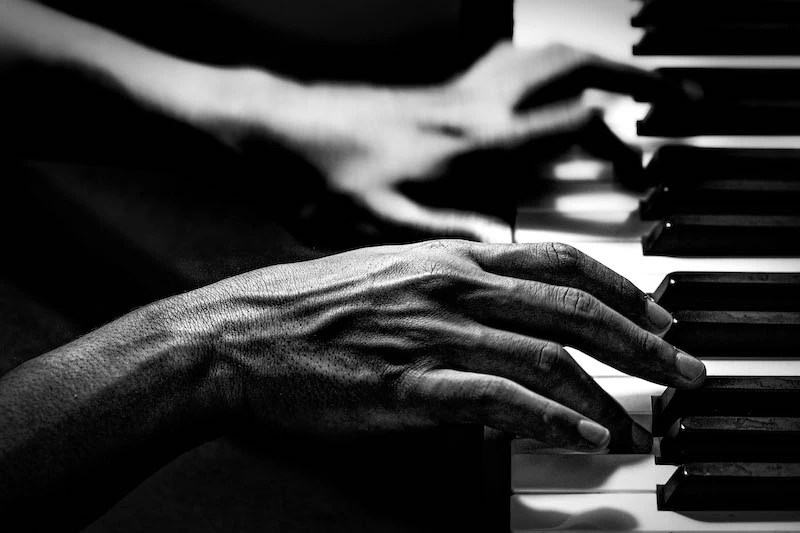
You are Portuguese, but you have lived in five different countries: Poland, Croatia, Portugal, United States and Angola. Do you think that this nomadism influenced your photos and how?
My life has indeed been very hectic since 1999. I’ve been living and changing countries every 3 to 5 years. This shapes you as a person, influences your personality, and eventually impacts the way you see the world and your artistic creation. This nomadism suits me very well.
I don’t really belong to a place, and I don’t get too attached to people. I am an introvert. I am a solitary person, so I do not mind this type of life. I spend a lot of time at home alone; it’s my comfort zone, no matter the country I am in.
One of the places I felt the happiest was Angola. Africa is different…it stays with you forever.
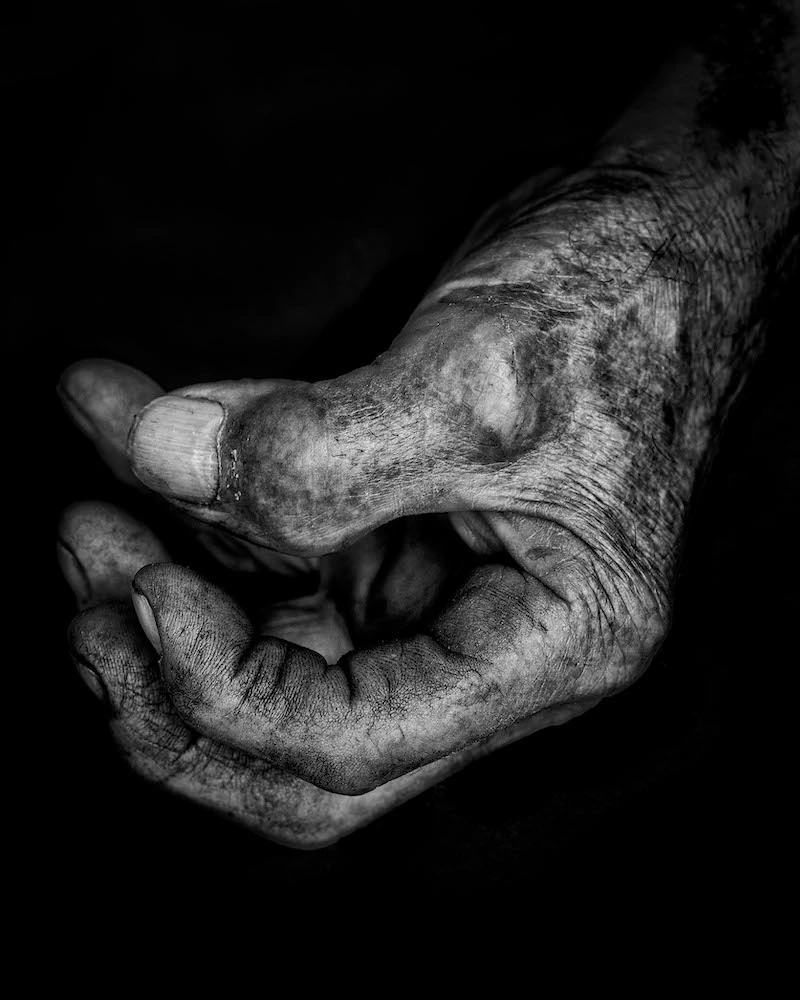
You are a self-taught photographer. What is the most difficult thing about learning to be a photographer by yourself? What advice would you give to young photographers?
I consider myself a self-taught photographer in the sense that I never went to an art school. My academic background is not related to photography; however, taking photos has always been a passion for me.
The most important lesson is to learn “how to see,” how to compose a photo in your head, even before it happens. A photograph is not a snapshot. It conveys a message and creates an emotion in the viewer.
Henri Cartier-Bresson is right…“Your first 10,000 photographs are your worst.” Yes, you will fail and fail until you get it right. Practice is the key.
If I have any advice to give, it is not to try to follow trends, not to try to copy what someone else is doing. If silhouettes are trendy, don’t do them just because everybody’s doing it. If you follow these tendencies, you will end up in a world where all artworks will look the same and you will not be able to recognize the photographer by his style, since everyone is doing the same.
If you want to be a good photographer, you need to be unique, you need to know yourself, find your style and know what is the message that you want to transmit. Being a good artist is also a mature act of knowing who you are.
Unfortunately, I believe there are too many people doing the same type of photos. It makes me sad. I found it boring, and I don’t even think that this is good photography.

You are very active on LinkedIn, an unusual network for photographers. What do you appreciate in this network in relation to your work? What does it bring you? Is this network a good medium for storytelling?
I have been on Facebook. I have been on Instagram. I have tried Youpic. I don’t agree with Instagram or Facebook terms of use, which are not fair to photographers and their work copyright.
LinkedIn happened by chance. I had an account, opened many years ago, and I started to post my photos there because I thought it was more professional and a more serious place. Also, copyright was respected. Moreover, the social part of this network is important, and I enjoy the interaction with people. I met hundreds of photographers–professionals and amateurs–on LinkedIn. I also encountered painters, poets and many photography lovers.
